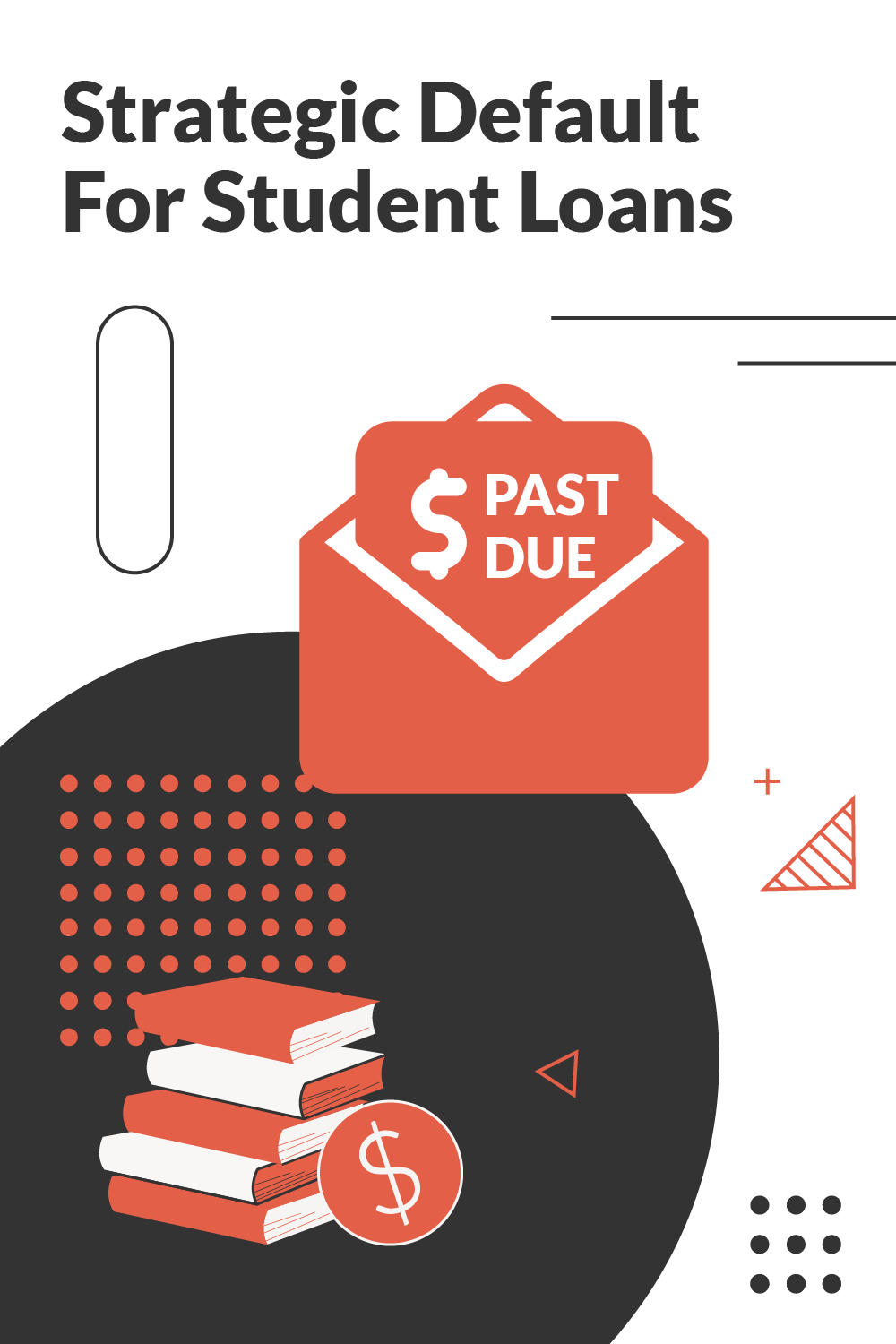Default Rate
The default rate refers to the percentage of loans or credit facilities that borrowers fail to repay as agreed. It is a measure of the risk associated with lending.
Detailed Explanation
The default rate is a metric used by lenders, investors, and analysts to assess the credit risk of a loan portfolio. It represents the proportion of loans that have been declared in default over a specific period, typically expressed as a percentage.
A loan is considered in default when the borrower fails to meet the required payments according to the terms of the loan agreement. This can include missed or late payments, or breaching other terms of the loan contract.
The default rate is influenced by various factors, including economic conditions, the creditworthiness of borrowers, and the lending policies of financial institutions. During economic downturns, default rates tend to rise as individuals and businesses struggle to meet their financial obligations. And in a strong economy, default rates generally decrease.
Default rates vary across different types of loans, such as mortgages, student loans, auto loans, and credit card loans. Each type of loan has its own risk profile and factors that affect its default rate. For example, unsecured loans like credit cards typically have higher default rates than secured loans like mortgages.
Financial institutions use the default rate to assess the health of their loan portfolio and to make decisions about credit policies, interest rates, and loan provisions. A high default rate indicates higher credit risk, which can lead to increased loan loss provisions and tighter lending standards. Conversely, a low default rate suggests lower credit risk and can encourage more aggressive lending practices.
Example
Suppose a bank has a loan portfolio of $100 million. During a one year period, loans worth $5 million go into default. The default rate for that year would be calculated as ($5 million / $100 million) * 100% = 5%.
You can find the Official Cohort Default rate of federal student loans here.
Key Articles Related To Default Rate
Related Terms
Default: The failure to fulfill a financial obligation, especially the failure to pay back a loan or meet interest payments.
Credit Risk: The risk of loss due to a borrower's failure to make payments.
Loan Provision: An amount set aside by banks to cover potential loan losses.
Non-Performing Loan (NPL): A loan in which the borrower has not made payments for a certain period.
FAQs
How is the default rate different from the delinquency rate?
The default rate measures loans that have been officially declared in default, while the delinquency rate includes loans that are past due but not yet in default.
Why is the default rate important for investors?
Investors use the default rate to assess the risk level of a loan portfolio, which influences their investment decisions and expected returns.
Can economic factors affect the default rate?
Yes, economic factors like unemployment rates, inflation, and economic growth can significantly impact default rates.
How do financial institutions manage high default rates?
Institutions may tighten lending standards, increase loan provisions, or engage in loss mitigation strategies to manage high default rates.
Editor: Colin Graves
